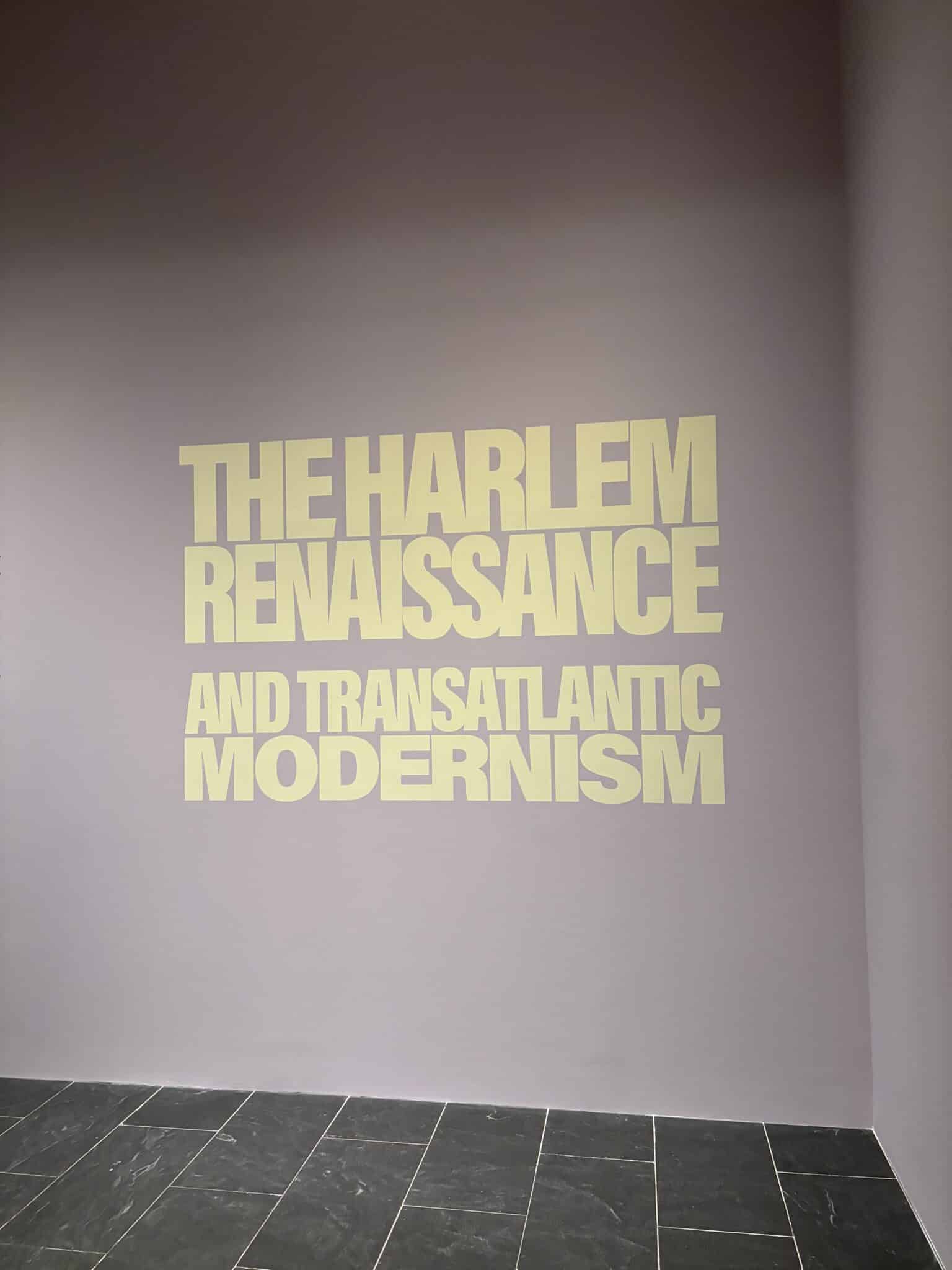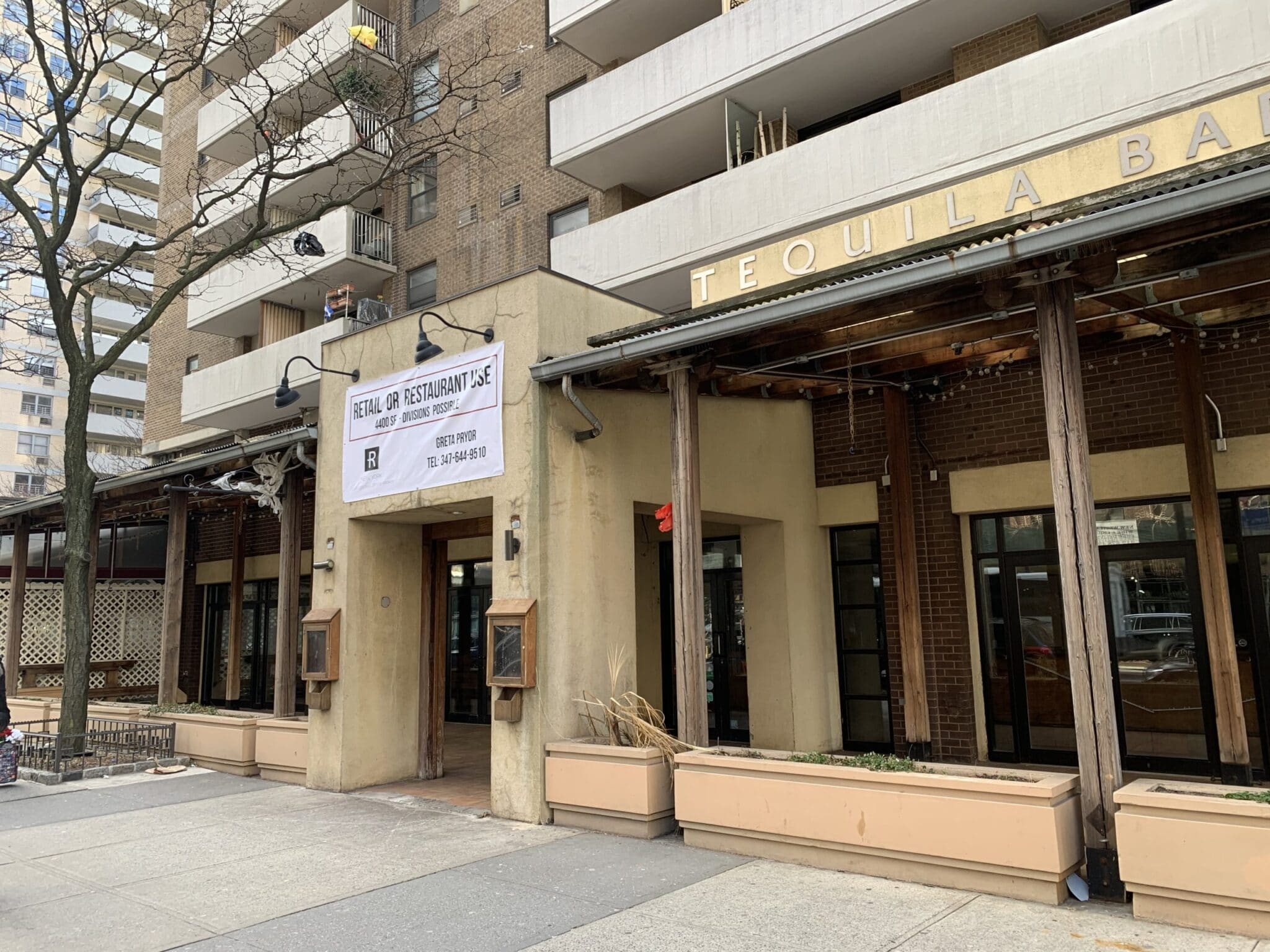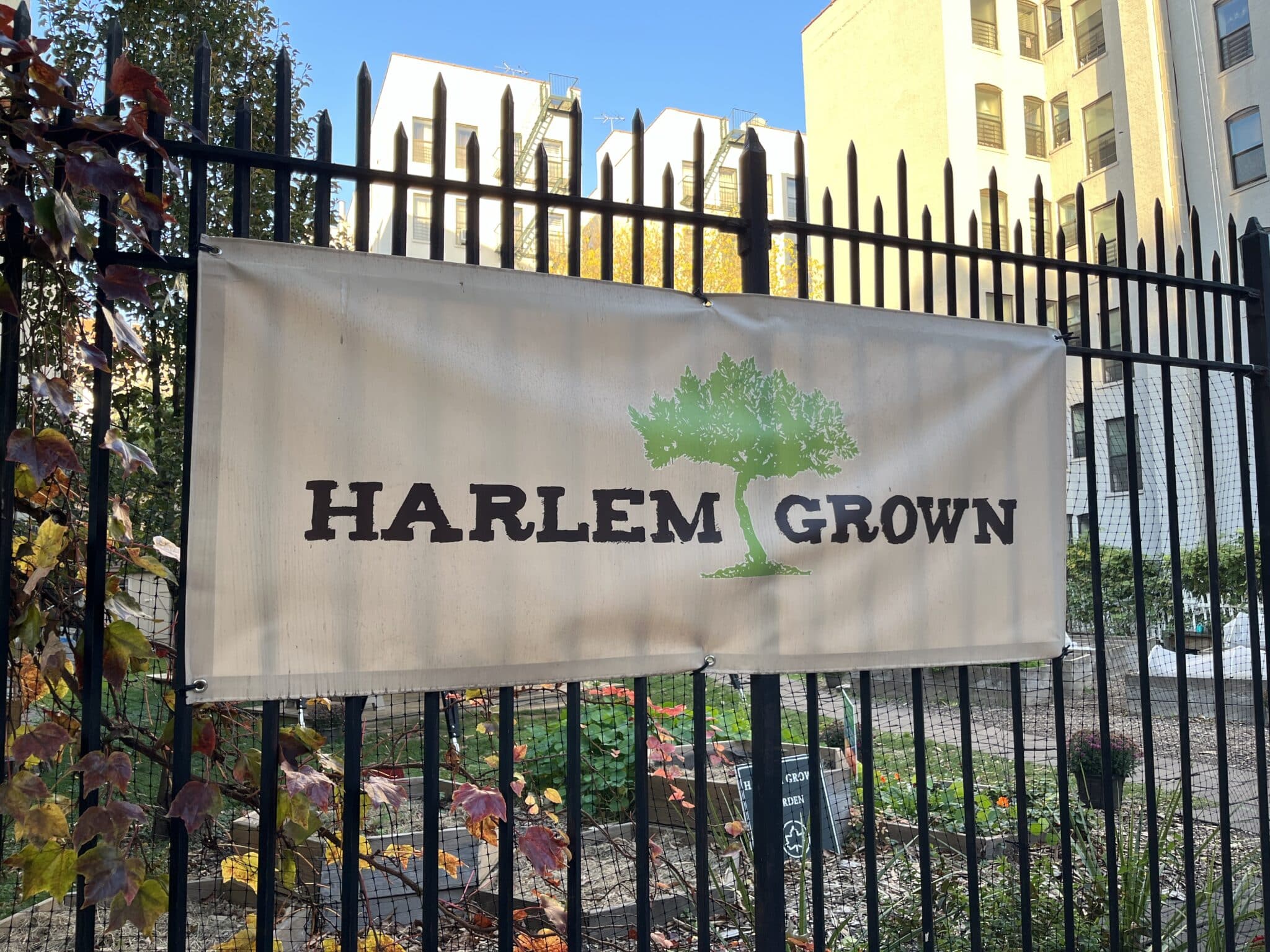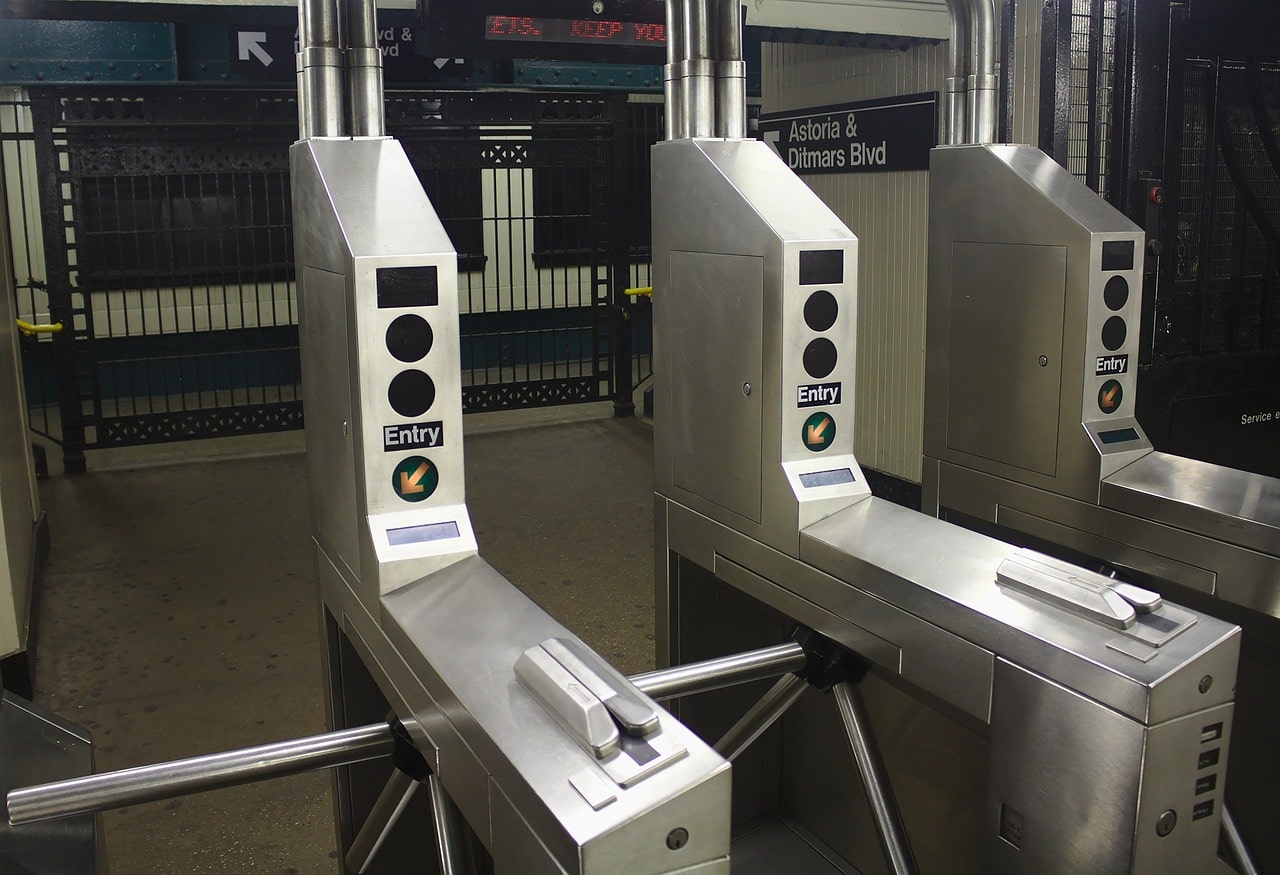A major exhibit dedicated to the flourishing art and culture of the Harlem Renaissance will be on display at The Metropolitan Museum of Art through most of the summer.
The artworks in “The Harlem Renaissance and Transatlantic Modernism” exhibit date from the 1920s and 40s and showcase the dynamic energy and resilience of the creative spirit in Harlem at the time.
“The art in this exhibit may be equal to or better than anything in the museum,” said Met member Dominic C., who is a frequent visitor to the Fifth Avenue institution. He was able to appreciate the 160 works that are in the exhibit on a special tour before the exhibit opening on Sunday.
Timed to coincide with the end of Black History Month in February, it puts a spotlight on celebrated artists from the era such as Aaron Douglas, a visual artist, William H. Johnson, an expressionist painter and Meta Vaux Warrick Fuller, a poet, painter and sculptor, among many others.

William H. Johnson’s Street Life, Harlem, at The Metropolitan Museum of Art. Photo by Sebastian Paredes.
“Harlem Renaissance and Transatlantic Modernism” combines works from well-known African-American artists with art from others who should have had more recognition and praise during their lifetimes, according to The Met. The exhibit includes multimedia installations, as well as paintings, photographs, sculptures, and literature. The collection is meant to take viewers on a journey through the 1940s and into the 1960s and showcase the colorful and vibrant world of the artists, from the bustling streets of Harlem to the avant-garde salons of Paris, and the literary circles of London, where some of them worked and lived.
“It is brilliant,” said Met visitor Ruthord M., who also viewed the exhibit at a preview. He hopes many people will view it and come away with a better understanding of the value of African American art, he said.
“I will be coming back a couple more times to take it all in even more,” he said.
The exhibit also focuses on showcasing how some African Americans of the era were equals to some European greats. Many were influenced by the global currents of modernism from Europe, including artists such as Spanish painter Pablo Picasso, French Impressionist Henri Matisse, and Dutch artist Kees Van Dongen. The cross-currents of cultural dialogue brought a unique aesthetic to the Harlem artists, according to The Met.
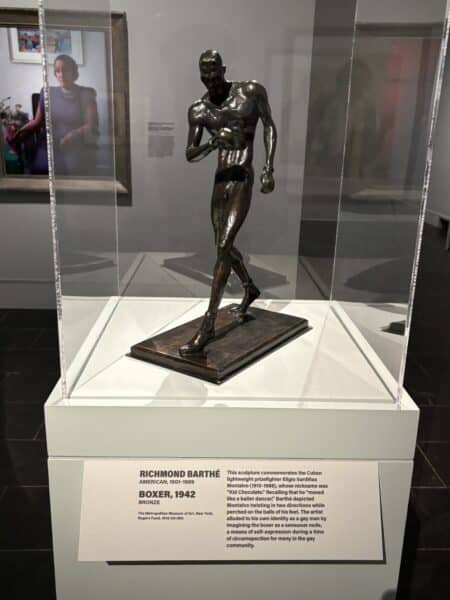
Richmond Barthé’s, Boxer, at The Metropolitan Museum of Art. Photo by Sebastian Paredes.
The exhibit was launched during Black History Month in an effort to spark a conversation on issues of race, identity and cultural heritage, the museum said. It aims to remind visitors of the human experience that binds everyone, regardless of race, family, nationality, or background.
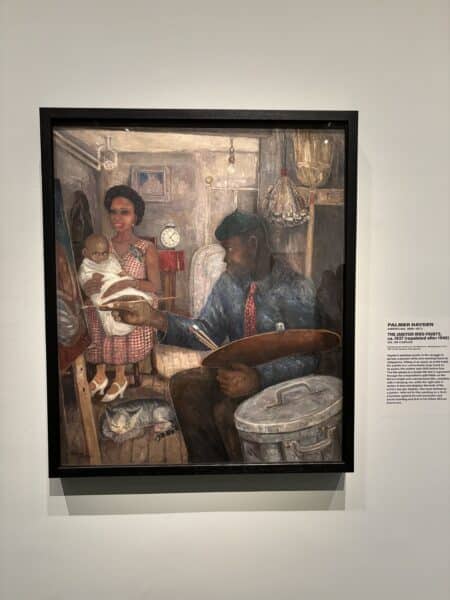
Palmer Hayden’s, The Janitor Who Paints, at The Metropolitan Museum of Art. Photo by Sebastian Paredes.
This is The Met’s second attempt at an exhibit that does honor to the Harlem Renaissance and the artists that creative and cultural movement nurtured. The museum’s first try was in 1969, with a widely-criticized exhibit called “Harlem on My Mind”: The Cultural Capital of Black America, 1900–1968.”
Black artists and others in the wider artist community panned the exhibit for its lack of authentic representation of African American artists and communities. It was a narrow and stereotypical view of Harlem, focusing mainly on its population, according to critiques at the time. The exhibit even attracted protests outside the museum.
This time, the Met collaborated with Historically Black Colleges and Universities (HBCU) and borrowed from their extensive collections, including Clark Atlanta University Art Museum, Fisk University Galleries, and other major lenders. The museum also appointed Denise Murrell, a well-known art historian who works at The Met, as its head curator. In contrast, “Harlem on My Mind” was curated by Allon Schoener, a white man.
Among the standout artworks in the exhibit is one that has been in storage for nearly 10 years. “The Block,” by Romare Bearden. The massive work of art, measuring 18-feet long, reflects African American life in an urban setting. The colossal piece is a combination of various elements, such as photographs, scraps of paper, and other materials.
The fact that it has been out of sight for so long has made it a highlight of the show, according to visitors. It’s also the final piece viewers encounter as they head for the exit.
One early viewer said she hopes The Met will keep some of the pieces on display even after the exhibit closes.
“I believe that the art within the exhibit that the museum owns should have a permanent home,” said Karol Mason, president of John Jay College in Manhattan.
“They are too great to be kept in the dark,” she said.
Tags: Clark Atlanta University Fisk University Galleries Harlem Renaissance Karol Mason Met Museum Sebastian Paredes The Harlem Renaissance and Transatlantic Modernism
